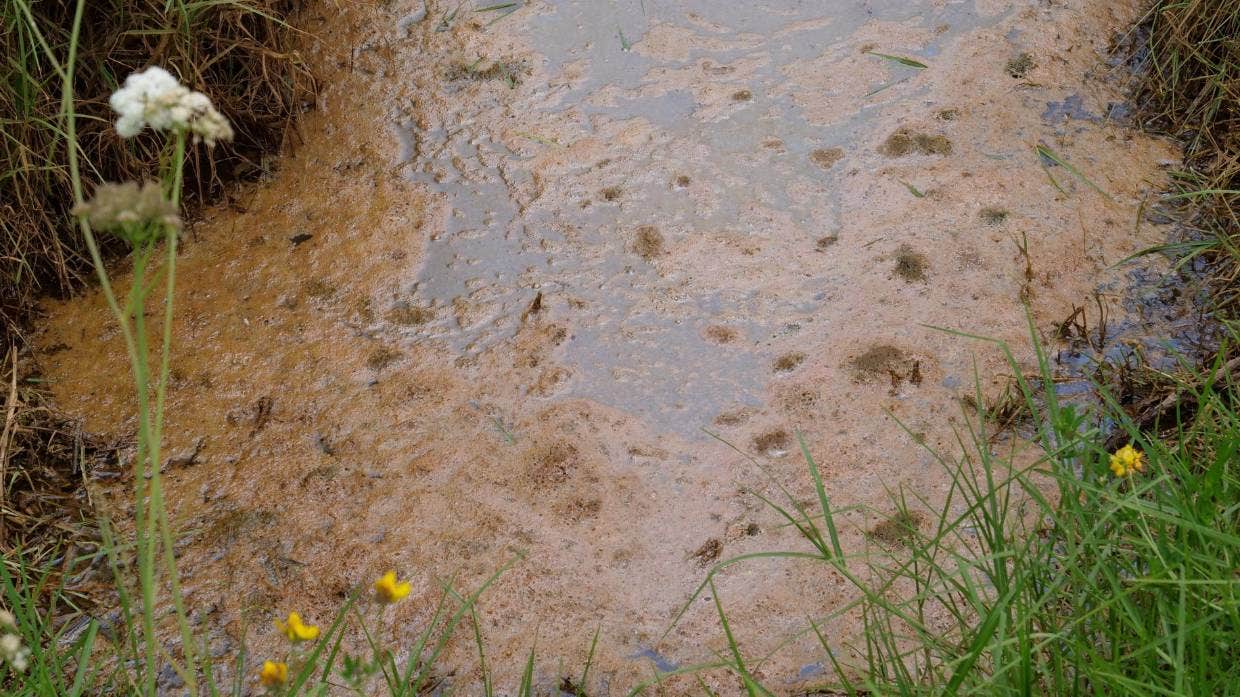Wastewater In the Far North
What's wrong, and what needs fixing?
Inge Bremer, Mar 15, 2020
We have 17 wastewater treatment plants in the Far North District: 5 along the west coast (Opononi, Rawene, Kohukohu, Ahipara, Kaitaia). 10 along the East Coast (Kawakawa, Paihia, Russell, Kerikeri, Matauri, Kaeo, Hihi, East Coast, Whatuwhiwhi, Rangiputa) and one in the centre (Kaikohe). The area is roughly 100 km x 120 km. The correct functioning of them is under the care of FNDC. The plants are the responsibility of the Asset Management Dept.
- The largest plants have not been functioning correctly with/or consents expired, for a long time.
- There is not a single wastewater and sanitation engineer at FNDC.
- To grapple with the problems (insufficient cleaning of the sewage, stormwater ingress with spillage, breakdown of hardware), outside companies like Beca have been contracted with limited success (problems not solved). This has been done repeatedly.
- The impacts on the health of residents and non-human life (e.g., decrease of 80% of fish population) have not been analysed.
- Socially/culturally the situation has been unacceptable for decades with the insufficiently treated wastewater flowing into rivers and estuaries.
- Economically the burdens on rate payers are much too high due to silly processes like drying the sludge with mobile units, packed into geo bags, and then trucked to landfills or quarries.
- The new Kerikeri wastewater plant cost about $22,000 per household connected, with high follow-up costs per year.
- The FNDC is failing in safeguarding the people’s health, diminishing their food sources, and does not administer appropriately.
- They do not have adequately skilled staff.
- They do not make use of local expertise.

Semi-treated wastewater at Rāwene before discharge into Toukahawai/Omanaia awa.
Photo: Jessie McVeagh
What do you see needs to change?
- Council meetings are being broadcast now: a great improvement but virtual attendance is very low because not many know about it.
- We could publish the relevant points after meetings (i.e., Dec 10th, 2020 Council Meeting Agenda includes topic of wastewater. The elected council members had requested more information about it. 4 hours into the meeting, the issue was discussed for TWO minutes, and then it was decided that this was too complicated for most councillors, and it would be delegated to the working group.
- At the end of the session on Dec 10th there was a presentation about another method of dealing with wastewater which was excluded from public viewing because of "commercial sensitivity". This kind of process is not acceptable.
- The government has decided (Nanaia Mahuta) that local governments are not able to handle wastewater issues due to lack of expertise. If management is being handled centrally, it will of course increase costs further and local conditions are even less known. Northland would be grouped with Auckland into one sector. The improvement of the situation with this method is seriously doubtful.
- We do have local experts, but, as in the case of Andreas Kurmann (Envirolab Taipa) FNDC does not want to listen, because he is thought to have a commercial interest or maybe just out of mistrust?! Beca was asked whether they consider the suggested electro-coagulation process a good one, and they have said "of course" - another report of estimated 50K cost without having achieved anything...
How do you see this best done?
- Utilise local expertise
- Increase publicity about virtual attendance by the public at Council Meetings and improve notification ahead of time. ( Community Board representatives could surely take responsibility to post on virtual/physical noticeboards around their ward)
- Summarise relevant wastewater points directly after meetings and publish in easy and accessible format.
Contributor, Inge Bremer, for SEA CHANGE.